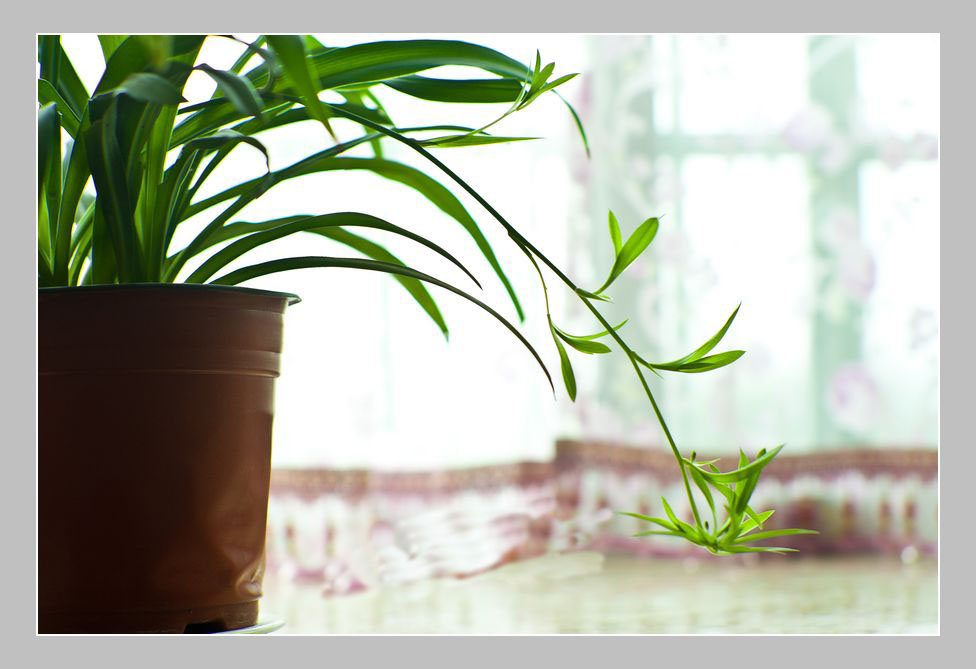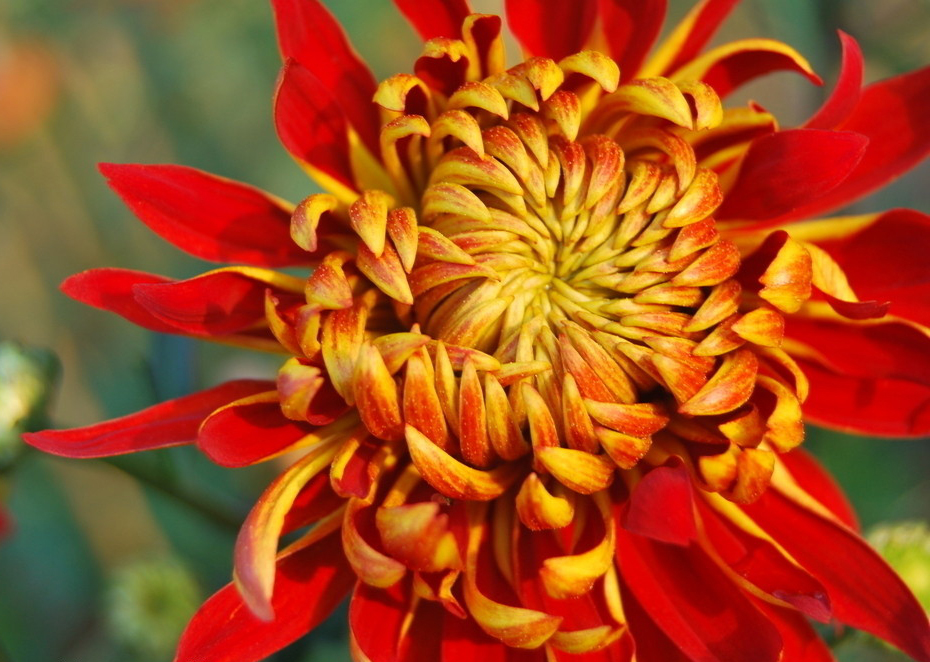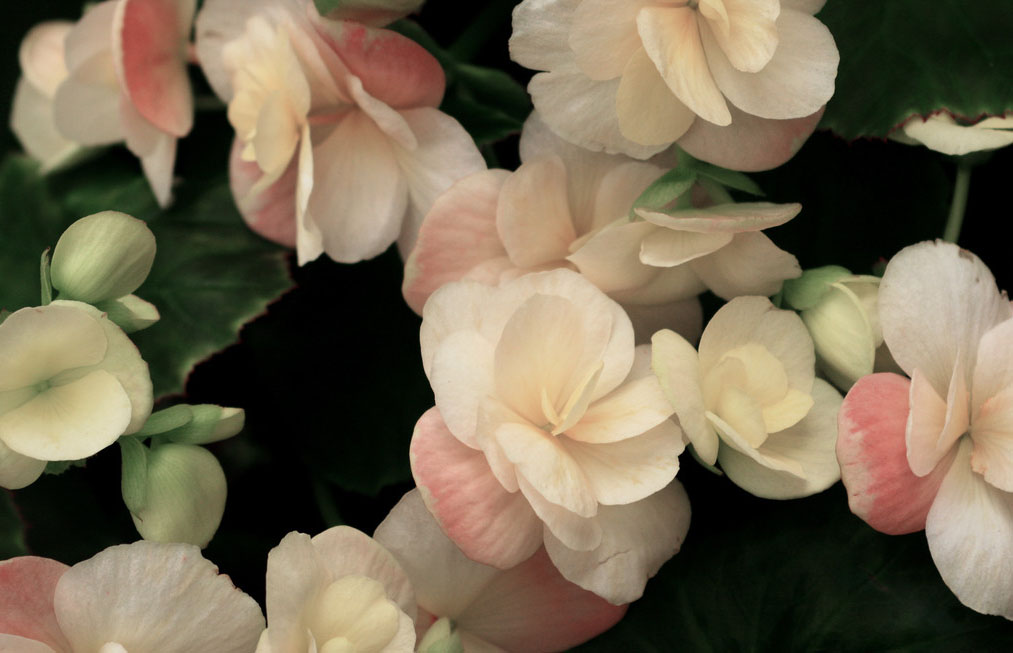What are the plants that absorb formaldehyde ? We are most interested in knowing the problem after each new house is renovated. One of the effective methods for removing formaldehyde is the plant removal method. There are many kinds of plants that absorb formaldehyde. So which plants can effectively remove formaldehyde? Let's take a look at which plants can absorb formaldehyde, which plants absorb formaldehyde best! First understand what plants absorb formaldehyde before we understand the harm of formaldehyde: Formaldehyde is a highly toxic substance and ranks second in the priority control list of toxic chemicals in China. It has been identified as a carcinogenic and teratogenic substance by the World Health Organization and is a recognized source of allergic reactions and one of the potential strong mutagens. Studies have shown that formaldehyde has a strong carcinogenic and cancer-promoting effects. A large number of literatures indicate that the effects of formaldehyde poisoning on human health are mainly manifested in olfactory abnormalities, irritation, allergies, abnormal lung function, abnormal liver function and abnormal immune function. The long-term exposure to low-dose formaldehyde is caused by chronic respiratory diseases, causing nasopharyngeal cancer, colon cancer, brain tumors, menstrual disorders, nuclear mutations, DNA single-strand cross-linking, and DNA-protein cross-linking and DNA damage inhibition. Repair, pregnancy syndrome, causing neonatal chromosomal abnormalities, leukemia, causing memory and mental decline in adolescents. The best plant choice for formaldehyde absorption: Chrysanthemum Characteristics: Perennial perennial herb flowers, traditional varieties of China. Stems erect or semi-vine, pubescent on stalks, many branched. The leaves are alternate, the leaves are serrated, the flowers are flower heads, the stems are placed, the flowers are rich, and the flowers are diverse. Efficacy: Chrysanthemum can decompose two harmful substances, namely formaldehyde present in carpets, insulating materials, plywood and xylene which is hidden in the wallpaper and harmful to the kidneys. Not only that, but it also has a strong ornamental, potted varieties or land flowers have a lot to choose from. In addition, its petals and rhizomes can also be used as medicine. 2, spider plant Characteristics: easy to breed, adaptable, one of the most traditional hanging plants in the living room. Its leaves are slender and soft, and small plants are planted from the leaf axils. The basins hang down, stretch and sag, like flowers, and evergreen. Efficacy: It can absorb more than 80% of harmful gases in the room, and the ability to absorb formaldehyde is super strong. The general room raises 1~2 pots of spider orchids, and the toxic gas in the air can be absorbed. Therefore, the spider orchid has the reputation of “green purifierâ€. 3, duck grass Characteristics: Eucalyptus is an evergreen plant with strong growth, smooth stems and leaves, branching branches, and upper branches branching upwards, often rooting at nodes. Leaves lanceolate to ovate-lanceolate, flowers dark blue. Sexually warm, moist, shade-tolerant and ventilated, loose and fertile soil. Efficacy: This plant is not only a good hand to absorb formaldehyde, but also a good indoor foliage plant, can be arranged several sills, can also be placed in the shade. At the same time, the plant can also be used as medicine, which has the effects of clearing away heat and purging fire and detoxifying. It can also be used for sore throat and poisonous snake bites. 4, agave Characteristics: Perennial evergreen plants, tall plants, leaf color gray-green or blue-gray, thorny leaves, yellow-green flowers. It is warm and light-filled and has excellent drought tolerance. Efficacy: This plant is also a good source of formaldehyde. It can also be used for wine making, and tequila made with it is very famous. 5, ivy Characteristics: It is the most ideal indoor and outdoor vertical greening variety, evergreen vine, the branches are thin and soft, with aerobic roots, can climb on other objects. The leaves are alternate, the leaves are triangular-ovate, and the potting needs are increasing. It is a typical negative plant that grows in a full-light environment and grows well under warm and humid climates and is not cold-tolerant. Efficacy: Robbers in addition to formaldehyde. It can decompose two kinds of harmful substances, namely formaldehyde present in carpets, insulating materials, plywood and xylene which is hidden in the wallpaper and harmful to the kidneys. 6, gerbera Characteristics: Asteraceae root herb, flower diameter is large, flower color is rich, and the seasons are always open. The environment is warm, sunny and airy. It is a semi-cold-resistant flower. It is fertile and loose, and it is rich in humus sandy loam. Efficacy: This plant is not only a good hand to absorb formaldehyde, but also has a strong ornamental, many varieties can be used for cut flowers. 7, tigertail orchid Characteristics: The leaves are clustered, the flag leaves are just erect, the leaves are full, and the surface is milky white, yellowish, dark green, and has a horizontal stripe. Common family potted varieties, resistant to drought, warm sunshine, also resistant to yin, avoid water sputum. Efficacy: It can absorb more than 80% of harmful gases in the room, and the ability to absorb formaldehyde is super strong. 8, green radish Characteristics: Tiannan Xingke Xilin's genus, belonging to the climbing flower. Sexually warm and humid, the vines can reach several meters in length, and there are gas roots between the nodes. The leaves will grow longer and longer, and the leaves are alternate and evergreen. The stems are soft and the leaves are delicate. Efficacy: This kind of plant is a good hand to absorb formaldehyde, and has a high ornamental value. The vine stems naturally droop, which can purify the air and make full use of the space, adding lively lines and bright to the dull cabinet. color. 9, Begonia Characteristics: Perennial evergreen grass and flowers. Its color is gorgeous, the flower shape is colorful, the leaves are tender and tender, and the green is dripping. Sexually warm, humid, shaded environment, afraid of direct sunlight, requires well-drained sandy soil. Efficacy: It not only absorbs formaldehyde, but also flowers, leaves, stems and roots can be used as medicine. It has the effects of clearing away heat and swelling, promoting blood circulation and dispersing phlegm, cooling blood to stop bleeding, regulating menstruation and relieving pain, etc. It can treat sore throat, vomiting blood, irregular menstruation and Stomach ulcers, etc., and have a good edible effect. 10, aloe Characteristics: perennial evergreen succulent plants, short stem segments, erect, leaf hypertrophy, juicy, lanceolate. Hi warm, dry climate, cold resistance is not strong, not resistant to shade. Efficacy: It is not only a good hand to absorb formaldehyde, but also has strong medicinal value, such as sterilization and beauty effects. A number of potted varieties have been developed, which are highly ornamental and can be used to decorate the living room. Since formaldehyde volatilization time is as long as 3-15 years, it is not enough to rely solely on plants to remove formaldehyde from the house. The best method is to ventilate and reduce the formaldehyde concentration below the safety limit. For the problem of indoor formaldehyde, I hope that everyone can seriously treat it. Electronic Liquid,Fruit Flavouring,Oem Ejuice,Fruity Flavour QD Cloudy Inernational Pre Ltd , https://www.qdcloudy.com


What are the plants that absorb formaldehyde?
Next Article
How to use ink correctly in screen printing
Prev Article
How to choose Supor grilling machine